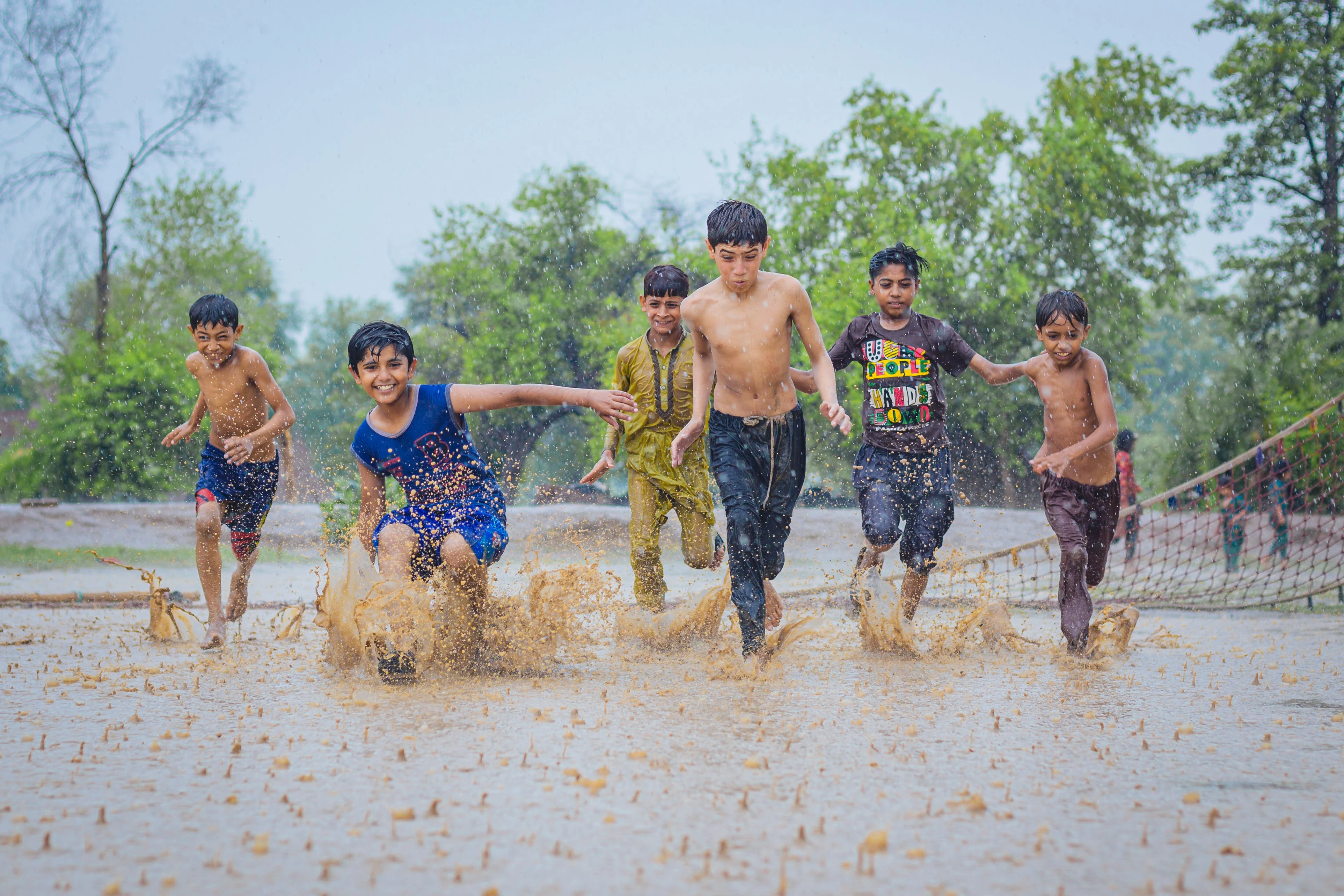Monsoon 2023: How West Bengal Welcomed the Rainy Season
In India, the monsoon is eagerly anticipated, particularly in the eastern state of West Bengal, where the summers are unbearably hot and muggy. The people of West Bengal welcome the monsoon with festivals, food, and fun, since it provides them comfort, joy, and hope. However, how did West Bengal's monsoon of 2023 fare? Was it on time, delayed, or early? What effect did it have on people's Life, and How much rain did it deliver? In this blog post, let's find out.
When did monsoon 2023 arrive in West Bengal?
According to the India Meteorological Department (IMD), Monsoon 2023 reached West Bengal on June 13, covering parts of the state's sub-Himalayan region, Sikkim and north-eastern Bihar 1.
It was slightly later than the usual date of June 10, but not as late as 2022, when the monsoon reached Kolkata on June 181. The IMD declares the onset of monsoon when about 60% of the available weather stations in the state record rainfall. 2.5 mm or more on two consecutive days after May 10 along with other technical criteria.
Monsoon then moved southward, covering the entire state by June 173. Kolkata, the capital city of West Bengal, received its first monsoon rains on June 16, lowering mercury levels and cooling the city. The people of Kolkata welcomed the monsoon with open arms, as they suffered through a heat wave that pushed the temperature to over 40 degrees Celsius and 1.
How much rain did monsoon 2023 bring to West Bengal?
West Bengal receives heavy rainfall during the four monsoon months from June to September. The state has received 1,424.7 mm of rainfall on average over this time, with 287.5 mm falling in June, 392.4 mm in July, 344.7 mm in August, and 400.1 mm on September 2. However, the distribution of rainfall across the state is not uniform, as the sub-Himalayan region receives more rain than the Gangetic plains.
The 2023 monsoon began with a deficit in June, as the state received only 14.3 mm of rain, 78% below the normal of 64 mm1. This was due to delayed onset and weak seasonal currents. However, rainfall increased in July, as several low pressure systems formed over the Bay of Bengal and brought heavy to very heavy rains to the state. The state received 415.6 mm rainfall in July, which is 6% more than the normal of 392.4 mm2.
September was the wettest month for West Bengal, as the state received 600.3 mm of rainfall, 50% more than the normal 400.1 mm2. This was due to the formation of a severe cyclone named Michang, which hit the Andhra Pradesh coast on September 15 and brought heavy rains to West Bengal and other eastern states. In the certain areas of the state, The cyclone also caused damage to residences, infrastructure, and agriculture.
How did monsoon 2023 affect the lives of the people of West
Bengal?
For the people of West Bengal, the Monsoon of 2023 was a mixed bag. On the one hand, it relieved the heat, refilled water supplies, encouraged farming, and accentuated the state's natural beauty. However, it has also resulted in issues including landslides, waterlogging, traffic jams, illness, and agricultural loss.
With a variety of cultural and religious celebrations including Rath Yatra, Jamai Shasthi, Ulto Rath, Bonalu, Teej, and Durga Puja, the people of West Bengal relish the monsoon season. They also delighted in monsoon specialties like as chaat, jhal muri, aloo posto, khichuri, and hilsa fish.
They also engaged with monsoon activities such as Trekking, Boating, Football and Kite Flying. But West Bengal also faced certain challenges during the rainy season. Bulky rains caused flooding and water bodies across the state, smash daily life and damaging communication and transport infrastructure.
Landslides in steep areas can cause road closures and property damage. Monsoon seasons too increase the risk of contracting water-borne and vector-borne diseases such as cholera, dengue, malaria and typhus. Crop losses can also be caused by pests, diseases, and too much or too little rain by farmers.
Conclusion
The monsoon of 2023 was a season to remember for West
Bengal, bringing with it both happiness and grief. The state experienced
rainfall that was above average, which benefited society, the economy, and the
environment. The state did, however, also experience significant difficulties
that put the people's fortitude and spirit to the test. For West Bengal, the monsoon
of 2023 was a season of contrasts, difficulties, and festivities.










0 Comments